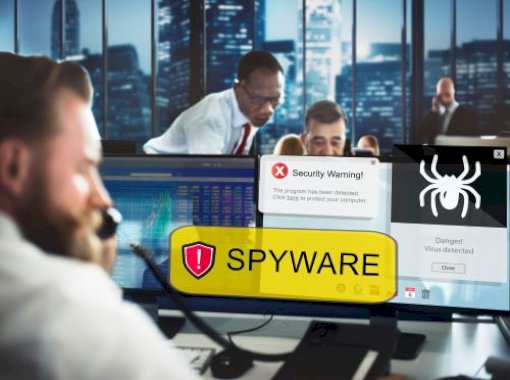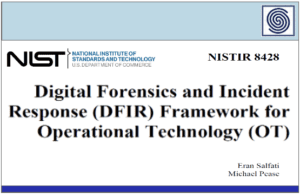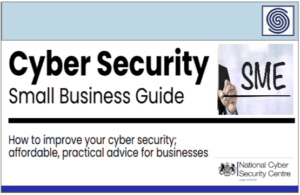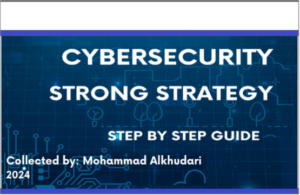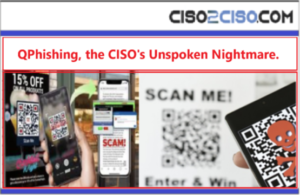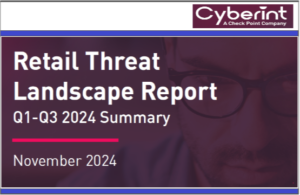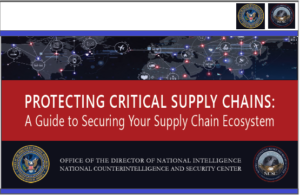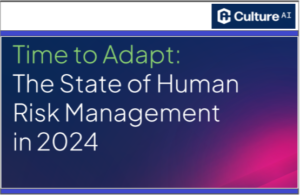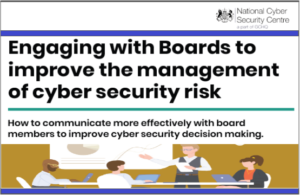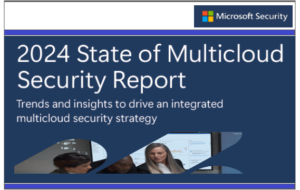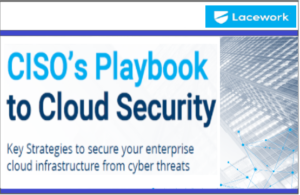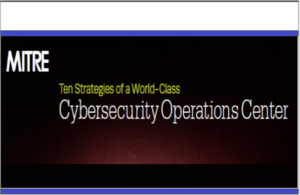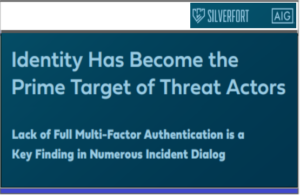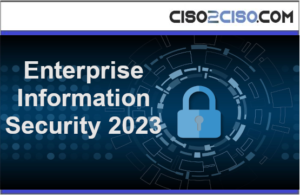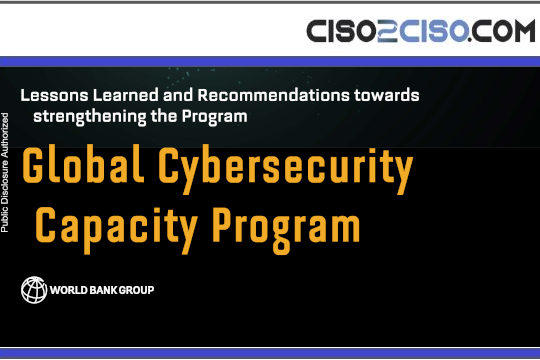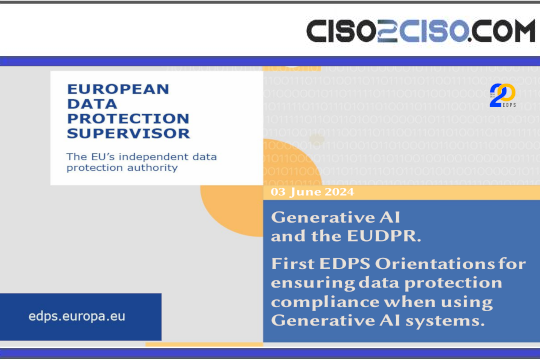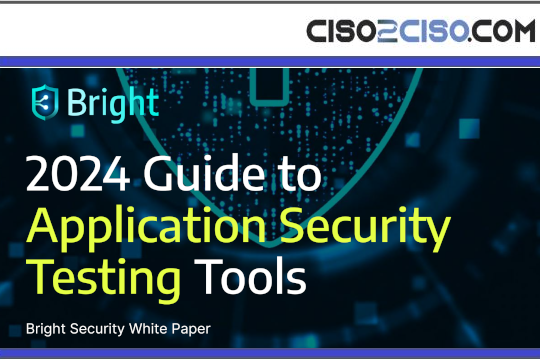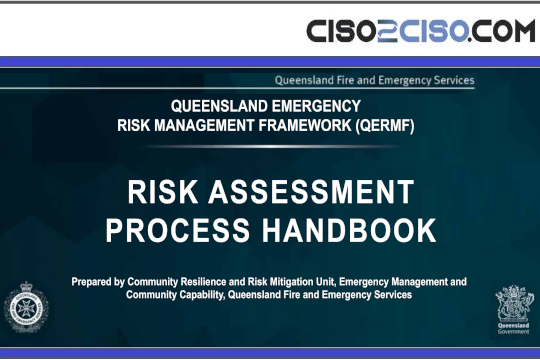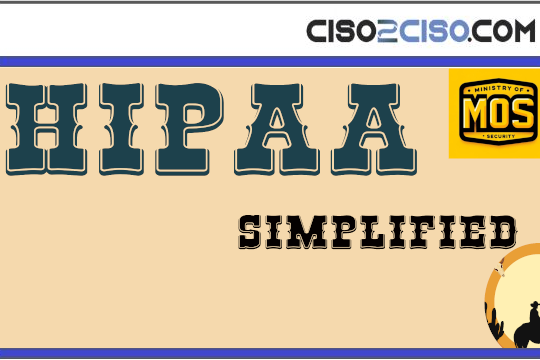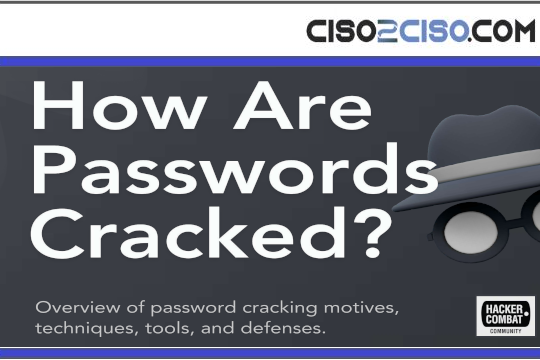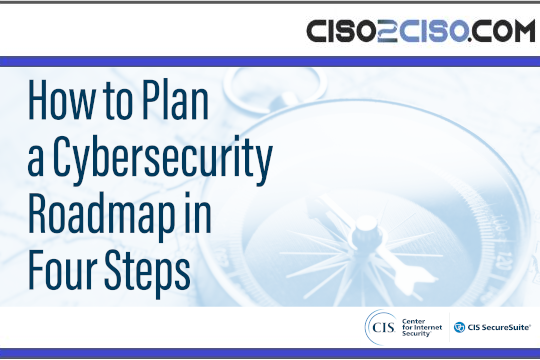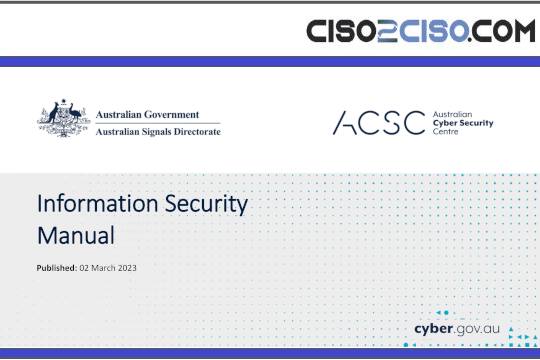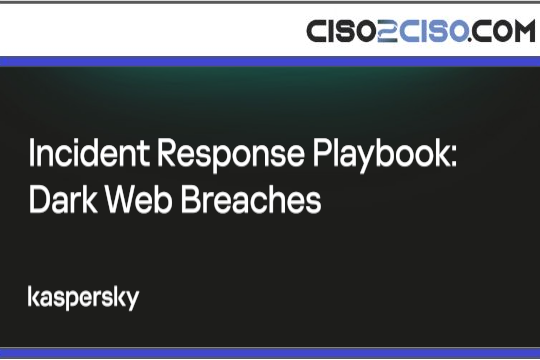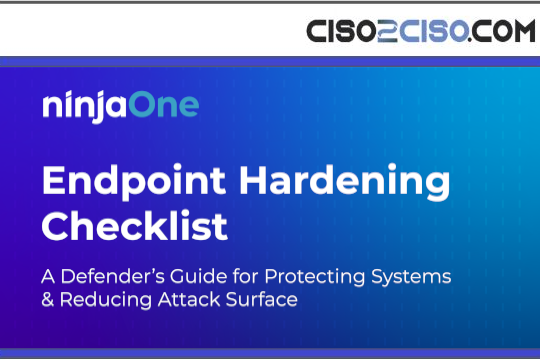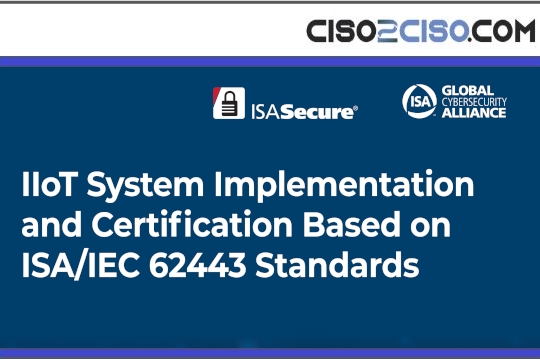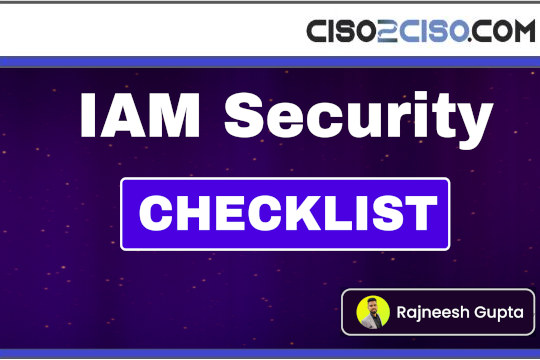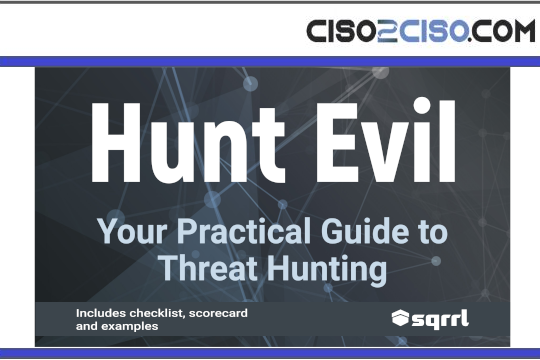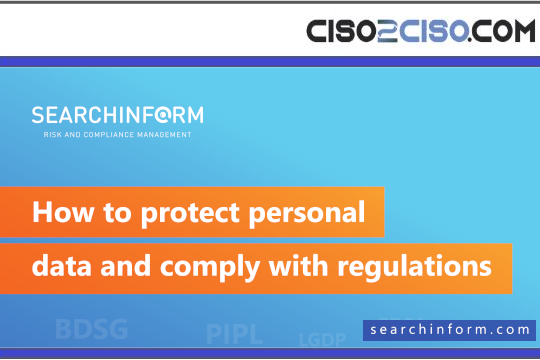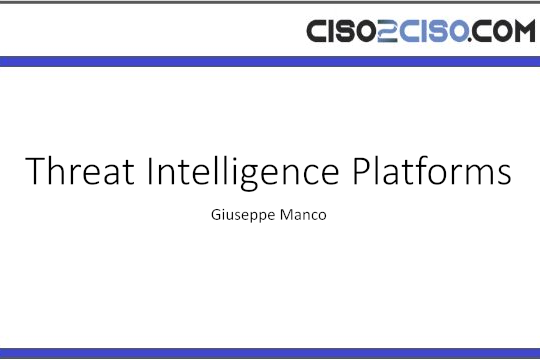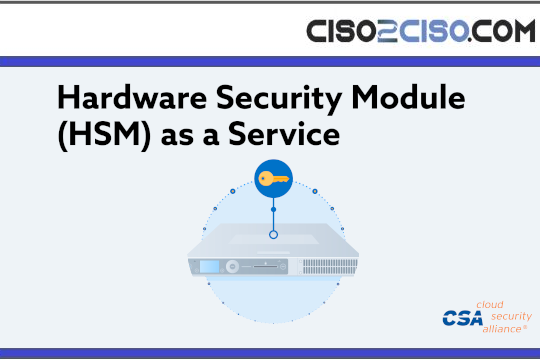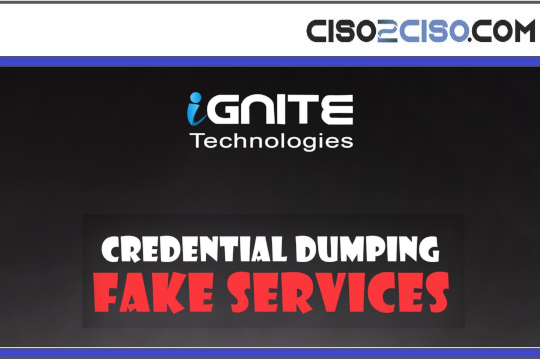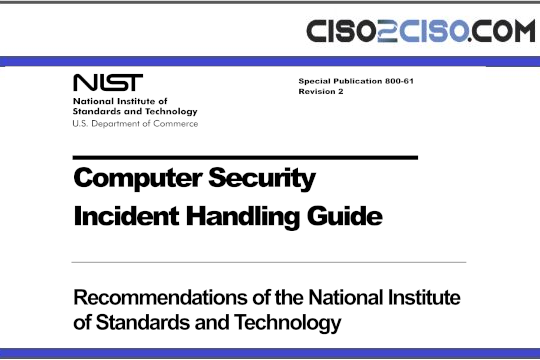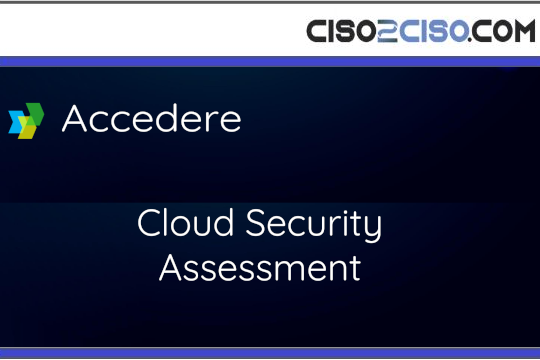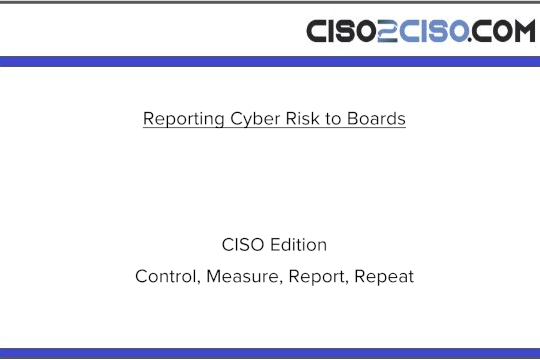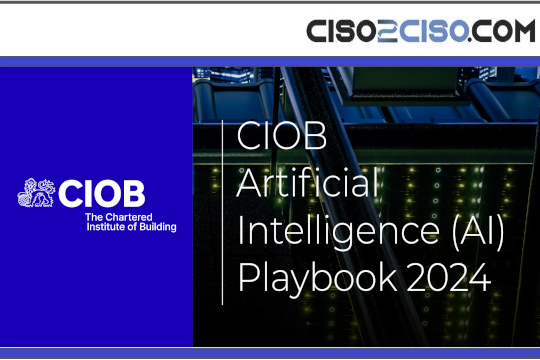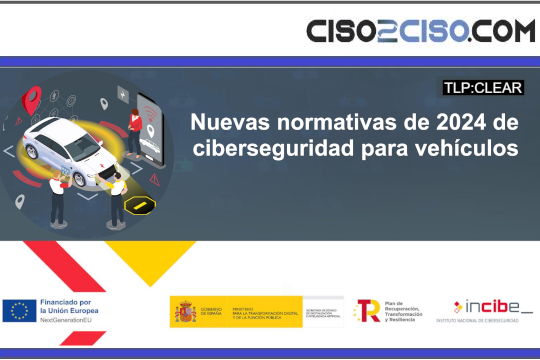Source: levelblue.com – Author: hello@alienvault.com.
The internet isn’t always a safe place. Behind every click, every download, and every flashy pop-up ad, there might be something lurking that could bring down entire systems or steal sensitive information. That “something” goes by a name we’ve all heard: malware.
But while the word gets used a lot, how many of us really know what it means? Or better yet, how many of us understand the different ways malware can mess with our data, our privacy, or even our businesses?

So, What Is Malware Really?
Think of malware as the digital version of a con artist. It’s any piece of software designed to sneak in, cause damage, steal stuff, or simply wreak havoc. Whether it’s pretending to be a helpful tool or slipping in through a shady email link, malware is all about bad intentions.
And here’s the tricky part: it’s not always loud or obvious. Sometimes it shows up as a pop-up. Other times, it hides in the background, quietly stealing passwords or watching everything you type. The delivery methods are sneaky, email attachments, fake downloads, malicious ads, and they’re getting more sophisticated every day. If you’re curious about how these intrusions happen, this guide on delivery methods breaks it down nicely.
The 7 Main Types of Malware (and What They Really Do)
People often ask: “What are the 7 main types of malware?” The truth is, they’re like tools in a hacker’s toolbox, each with a job to do.
1. Viruses
Classic but still dangerous. Viruses attach themselves to files and wait for you to run them. Once they’re in, they start spreading, often damaging or deleting files. Remember the early 2000s when one wrong click could turn your PC into a paperweight? Yeah, that was probably a virus.
2. Worms
If viruses need your help to spread, worms don’t even bother asking. They crawl through networks on their own, jumping from system to system without any user input. One minute everything’s fine, but the next, half the company is locked out of their computers.
3. Trojans
These are the shapeshifters. Trojans pretend to be legitimate software such as a free game, or maybe a file from a friend, but once you install them, the mask comes off. Suddenly, your data’s exposed or you’ve handed control of your system to someone you’ll never meet. That’s where Endpoint Security plays a crucial role. Catching threats before they can trick anyone.
4. Ransomware
You click. Your screen freezes. Then comes the message: “Your files are encrypted. Pay up or lose them forever.” That’s ransomware. And it doesn’t care if you’re a small business or a global company. If you’ve got data, you’re a target.
5. Spyware
You probably won’t notice it. That’s the whole point. Spyware hides in your device, logging your keystrokes, tracking your activity, and sending your private information to someone on the other end. If you’ve ever wondered how your bank credentials got leaked, this could be why.
6. Adware
Annoying? Absolutely. Dangerous? Sometimes. Adware floods your screen with unwanted ads, but it can also come with tracking tools that monitor your behavior or open the door for worse threats. A few extra browser toolbars might seem harmless, until they’re not.
7. Fileless Malware
Here’s where things get creepy. Fileless malware doesn’t install anything on your hard drive. Instead, it runs in memory, using legitimate system tools like PowerShell to execute attacks. That makes it incredibly hard to detect — especially if you’re relying on traditional antivirus.

Wait, Aren’t There 8 Types?
Good catch. Some experts add rootkits as number eight. These are the ghosts of the malware world. They dig deep into your system, granting hackers administrative access while staying out of sight. Once installed, they can disable your defenses and stick around for the long haul.
Remember ILOVEYOU?
If you were around in 2000, you probably heard about it, or worse, clicked on it. The ILOVEYOU worm came disguised as a love confession in an email. When opened, it spread to every contact in your Outlook address book. No viruses, no downloads. Just pure social engineering. The damage? An estimated $10 billion in losses[1].
What’s the Hardest Malware to Catch?
Hands down: fileless malware. Because it doesn’t leave files behind, traditional detection tools struggle to spot it. It’s like someone breaking into your house, using your own tools to mess things up, and leaving before the alarm even goes off. That’s why technologies like XDR and behavioral analysis are becoming essential.
So, How Does Malware Spread?
There’s no single path. It depends on the attacker’s goals. Sometimes it’s an innocent-looking email. Other times it’s a corrupted USB stick, a compromised app, or an old software vulnerability no one bothered to patch. These days, even smart fridges and printers can be entry points.
That’s why at LevelBlue, we take a comprehensive approach, combining Threat Intelligence, MDR, and real-time analytics to catch threats before they do damage.
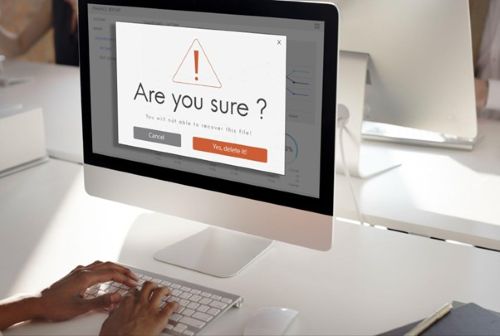
Protecting Yourself and Your Organization
Fighting malware isn’t about a one-and-done fix. It takes layers of defense. Here’s what smart organizations are doing:
- Locking down endpoints with real-time security tools.
- Tracking activity across systems using SIEM platforms that make it easier to spot the odd stuff.
- Bringing it all together with XDR for full visibility.
- Getting expert support through consulting services that help map out risks and response plans.
Because the moment you think you’ve covered everything, someone finds a new way in.
Malware isn’t going anywhere. It evolves, shifts tactics, and looks for weak spots. The key isn’t to eliminate the threat. That’s impossible, but to stay one step ahead of it, know what you’re up against. Stay curious. Question the unexpected.
At LevelBlue, we’re here to help you make sense of the chaos and protect what matters most.
References
1. “The ILOVEYOU Worm Turns 20,” Kaspersky
2. “What Is Fileless Malware and How Does It Work?” TechTarget
3. “What Is Malware?” CISA
4. “Malware Explained: Types, Examples, and Prevention,” CSO Online
5. “The Virus That Changed the World: ILOVEYOU,” BBC News
The content provided herein is for general informational purposes only and should not be construed as legal, regulatory, compliance, or cybersecurity advice. Organizations should consult their own legal, compliance, or cybersecurity professionals regarding specific obligations and risk management strategies. While LevelBlue’s Managed Threat Detection and Response solutions are designed to support threat detection and response at the endpoint level, they are not a substitute for comprehensive network monitoring, vulnerability management, or a full cybersecurity program.
Original Post url: https://levelblue.com/blogs/security-essentials/different-types-of-malware-explained
Category & Tags: –
Views: 2

